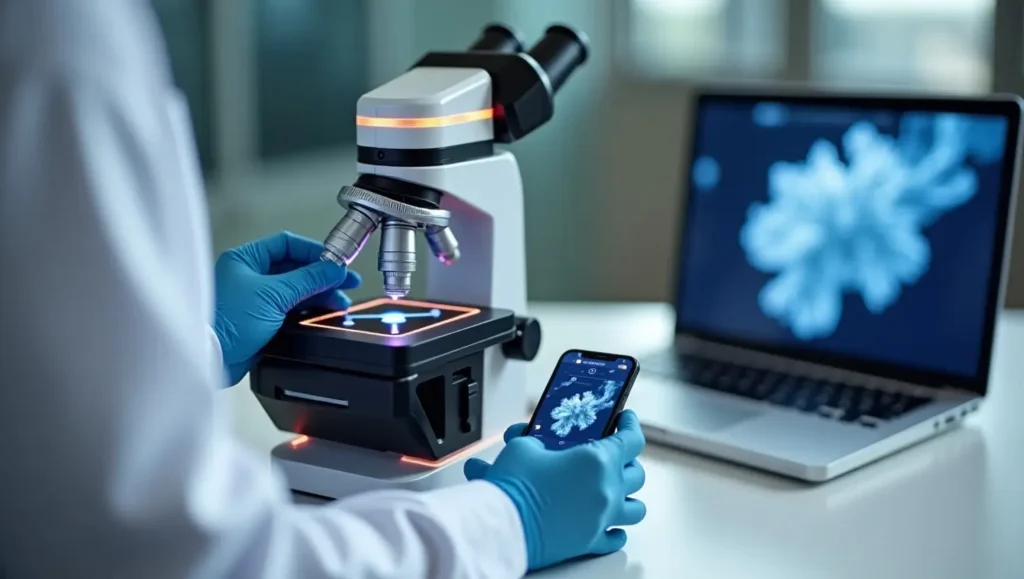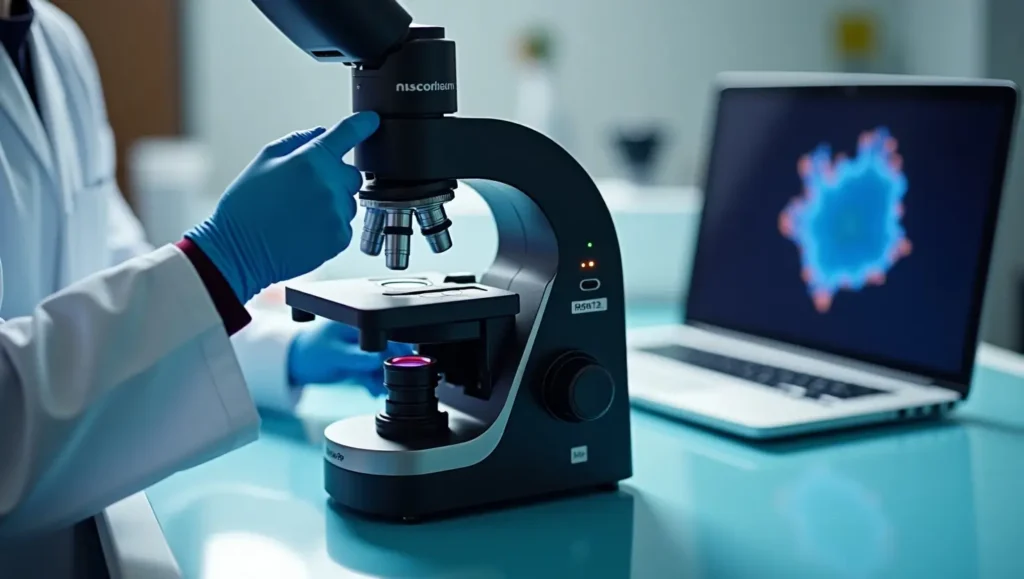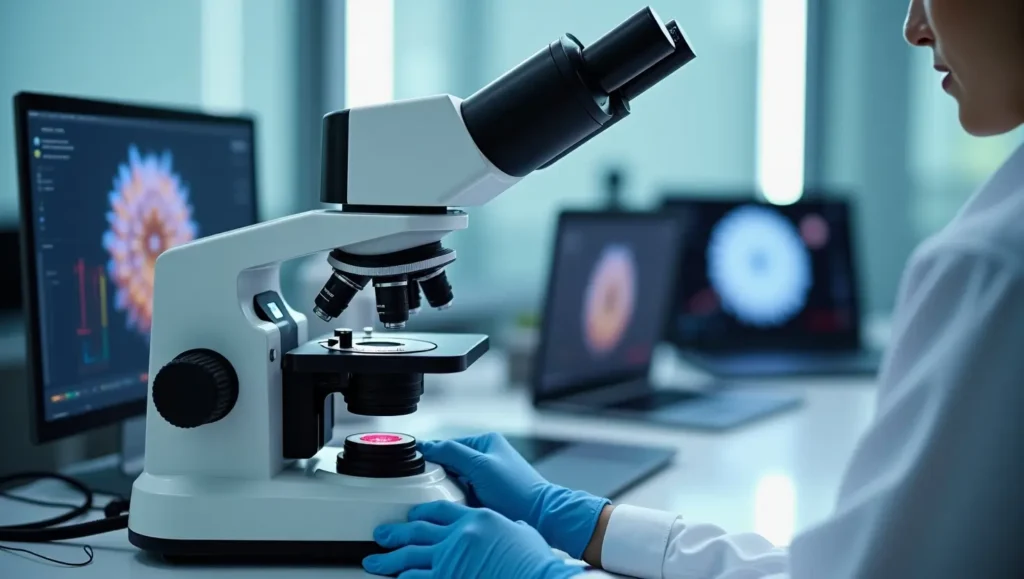WELCOME to denzidesign.com In today’s digital era, traditional microscopes are being replaced by advanced digital microscopes, offering enhanced magnification, real-time imaging, and seamless connectivity. Whether you’re a scientist, educator, hobbyist, or technician, choosing the right digital microscope can significantly impact your work.
With various models available, each catering to different needs, selecting the best one can be overwhelming. This guide will help you understand what factors to consider when choosing a digital microscope, explore different types, and review some of the best models available in the market today.
What is a Digital Microscope?
A digital microscope is an advanced optical device that uses a camera and a digital screen instead of traditional eyepieces. These microscopes allow for real-time observation, image capturing, and video recording. They are widely used in medical research, industrial inspections, and educational settings.
Key Factors to Consider When Choosing a Digital Microscope
1. Magnification Power
Magnification levels range from 10x to 5000x or more. Higher magnification is essential for detailed analysis in fields like microbiology, while lower magnification works well for industrial applications.
2. Resolution & Image Quality
A high-resolution camera (measured in megapixels) ensures sharp, detailed images. Most modern digital microscopes offer resolutions from 2MP to 12MP or higher.
3. Connectivity Options
- USB Microscopes: Connect directly to a computer for real-time imaging.
- Wireless Microscopes: Offer mobility and remote viewing via WiFi or Bluetooth.
- HDMI Microscopes: Display directly on monitors for presentations and detailed analysis.
4. Software Compatibility
Ensure the microscope software is compatible with Windows, macOS, and mobile devices. Advanced software features may include image measurement, annotation, and video recording.
5. Lighting & Illumination
Built-in LED lights provide adjustable illumination for enhanced visibility, especially in low-light conditions.
6. Portability & Durability
For fieldwork, compact and battery-operated microscopes are ideal, while lab-based models may prioritize durability and stability.

Best Digital Microscopes for Various Uses
1. Celestron Digital Microscope Pro
- Best for: Students & Hobbyists
- Magnification: 20x-200x
- Connectivity: USB 2.0
- Special Features: 5MP camera, adjustable LED lighting, portable design
- Price Range: $$
2. Dino-Lite Edge AM4115T
- Best for: Professional & Industrial Use
- Magnification: 20x-220x
- Connectivity: USB 3.0
- Special Features: High-resolution imaging, polarization filter for glare reduction
- Price Range: $$$
3. Jiusion 40x-1000x Digital Microscope
- Best for: Budget-Friendly Option
- Magnification: 40x-1000x
- Connectivity: USB & WiFi
- Special Features: Compatible with smartphones & computers, built-in LED lights
- Price Range: $
4. OMAX MD82ES10 Digital Microscope
- Best for: Biological Research
- Magnification: 40x-2000x
- Connectivity: USB
- Special Features: 10MP camera, advanced software for image analysis
- Price Range: $$$
5. Plugable USB 2.0 Microscope
- Best for: Quick Inspections & Repairs
- Magnification: 50x-250x
- Connectivity: USB
- Special Features: Flexible stand, easy-to-use interface, budget-friendly
- Price Range: $

FAQs
1. How do I choose a digital microscope?
Consider factors such as magnification power, resolution, connectivity options, software compatibility, lighting, and intended use.
2. What is a digital microscope used for?
Digital microscopes are used in scientific research, medical diagnostics, industrial inspections, education, and hobbies like coin collecting and circuit board examination.
3. Which type of microscope is best for biological research?
A high-magnification digital microscope with at least 1000x magnification and a high-resolution camera is ideal for biological studies.
4. Can I use a digital microscope with my smartphone?
Yes, many digital microscopes offer WiFi or USB connectivity, allowing compatibility with smartphones and tablets for convenient viewing and capturing images.
5. Are digital microscopes better than traditional microscopes?
Digital microscopes offer advantages like real-time imaging, easy sharing, and video recording, but traditional microscopes may provide better optical clarity for some high-precision applications.
Conclusion
Choosing the best digital microscope depends on your specific needs, whether for education, industry, research, or hobby use. Factors such as magnification, resolution, connectivity, and software compatibility play a crucial role in selecting the right model.
Call to Action:
Do you use a digital microscope? Share your experiences and recommendations in the comments below!

